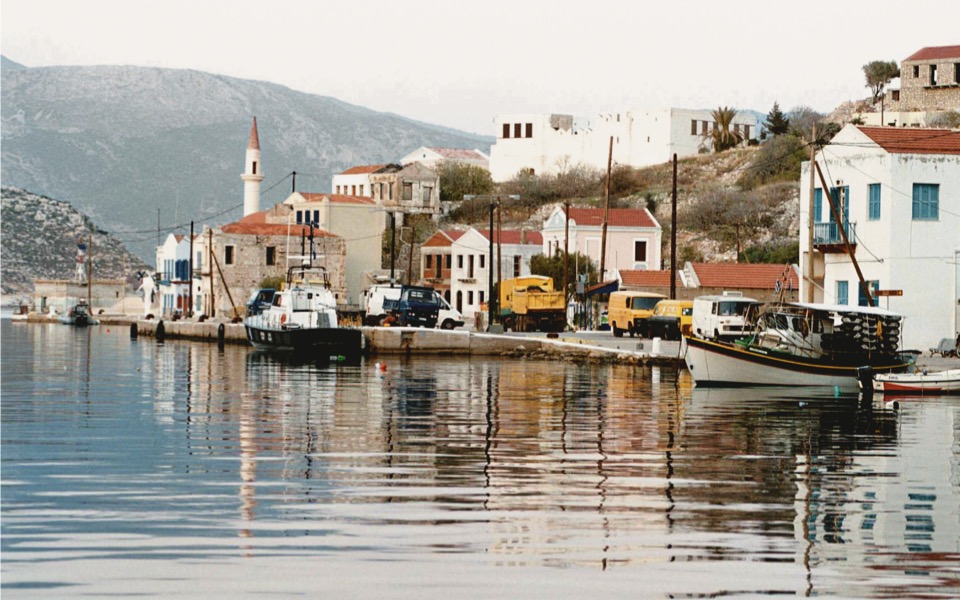US law recognizes Aegean treaty regime in Dodecanese

It was in 1920 that the United States first became seriously involved in issues arising from the Aegean treaty regime in the Dodecanese. In that year, the peace conference which culminated in the Treaty of Lausanne of 1923 had been convened. The fate of the 12 Aegean islands commonly known as the Dodecanese was one of the issues which the peace conference debated. The US Senate passed a resolution which called on the peace conference to award the Dodecanese to Greece. The US participated in the peace conference and the Allies asked the US to sign the Treaty of Lausanne but the US did not.
US officials advised that America must not offend the emerging Republic of Turkey, a refrain which has resonated down through the decades. The peace conference granted “all rights and title” over the Dodecanese to Italy. In 1932, Italy and Turkey signed a convention and a protocol, each of which confirmed the status of the Dodecanese and the maritime boundary between the Dodecanese and Turkey.
Just 24 years later, with the Allied victory over Germany and its allies, the victors signed peace treaties with Italy and the four other nations which had been allied with Germany in World War II. In the 1947 Treaty of Peace with Italy, the Allies finally acknowledged that the majority of the population of the Dodecanese was Greek. Even though Italy objected, the Allies required Italy to cede to Greece “full sovereignty” over the Dodecanese.
President Harry S. Truman signed each of the Paris Peace Treaties. The Treaty of Peace with Italy entered into force on September 15, 1947. Under the US Constitution, any treaty which the president negotiates, to which the US Senate “advises and consents” and which the president ratifies is the “supreme law of the land.” The Treaty of Peace with Italy is legally binding on the US government and in the courts of the US.
The Treaty of Lausanne sets forth by name the 12 islands of the Dodecanese and the “islets dependent thereon” as well as the island of Kastellorizo as the territories to which Italy acquired “all rights and title.” The Treaty of Peace with Italy also sets forth by name each of the 12 islands and Kastellorizo but deleted the clause “islets dependent thereon.” Inserted in its place after the clause “and Kastellorizo” is the clause “as well as the adjacent islets.” This means that each islet which is adjacent to each named island and to Kastellorizo is Greek territory as a matter of US law.
With respect to Kastellorizo, Ro and Strongili are islets which are not mentioned by name in the Treaty of Peace with Italy, but each islet is adjacent to Kastellorizo so that Kastellorizo means Ro and Strongili for the purpose of the Treaty of Peace with Italy. This means that the 200-mile exclusive economic zone (EEZ) of Greece to the south in the Mediterranean Sea must be measured from the southerly islet of Strongili and not from the northerly island of Kastellorizo.
The question becomes whether and how the Treaty of Peace with Italy, as US law, is relevant to the ongoing fulminations of Turkish President Recep Tayyip Erdogan against the Aegean treaty regime. In the art of diplomacy, the party which bases its moral and political position on a principle of law has an advantage. Even the worst aggressors in modern history have grounded their acts of aggression on legal bases. Some commentators and US officials portray the Aegean treaty regime as an issue between Greece and Turkey. They miss the essential point.
US law is implicated by virtue of the Treaty of Peace with Italy. When President Erdogan denigrates the Aegean treaty regime and there is no forceful reply from American officials, US law as well as international law is compromised.
A further question is whether there is an effective means to redress the failure of the government in Washington to respond to challenges to US law in the Treaty of Peace with Italy. It is possible, but not likely, that a US court will hear a case in which a US citizen alleges that the government has failed to comply with its legal obligations under a treaty. The US Congress, with its oversight and investigative powers, is the only practical forum. Using proper strategies, citizens of the United States can prevail upon key US senators and representatives to convene hearings and to remind US officials about the legal obligations of the country under the Treaty of Peace with Italy.
The US has an interest in treaties that involve maritime boundaries which is broader than the Aegean treaty regime. The US is a party to the 1867 Treaty of Cession by which the United States acquired Alaska. This treaty sets forth a vital maritime boundary between Russia and Alaska. Russia disputes the boundary to this day. The particular facts may differ but the dispute involves some of the same legal principles which Turkey raises against the Aegean treaty regime. Also, the US has maritime disputes with other countries, such as Canada and Mexico, over territorial waters, continental shelves and EEZs. The US sets a dangerous precedent and undermines its credibility in its own disputes when it ignores or derogates from the legal principles of the Aegean treaty regime.
Nicholas G. Karambelas is an attorney and on the Board of Directors of the American Hellenic Institute (AHI) in Washington, DC.





